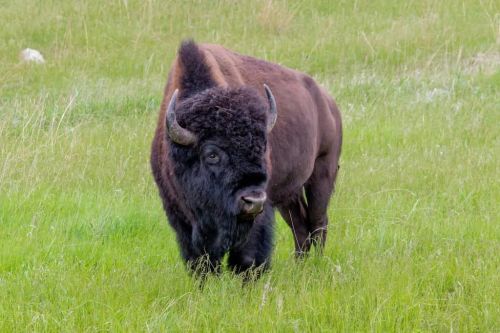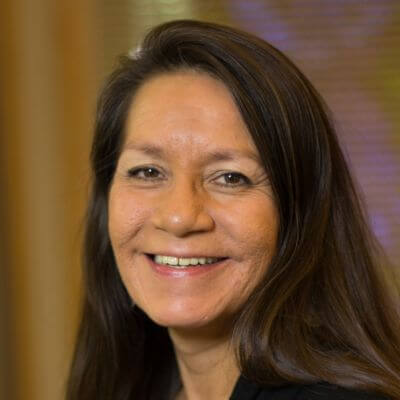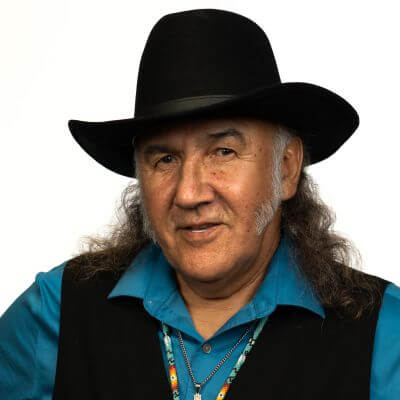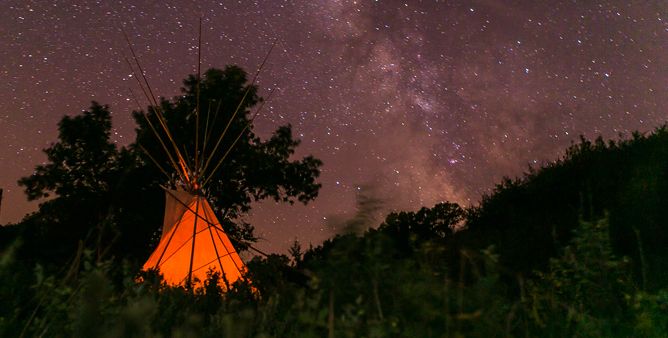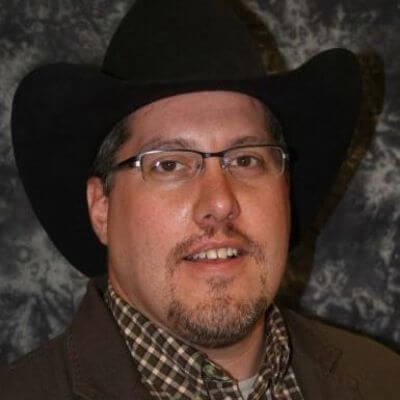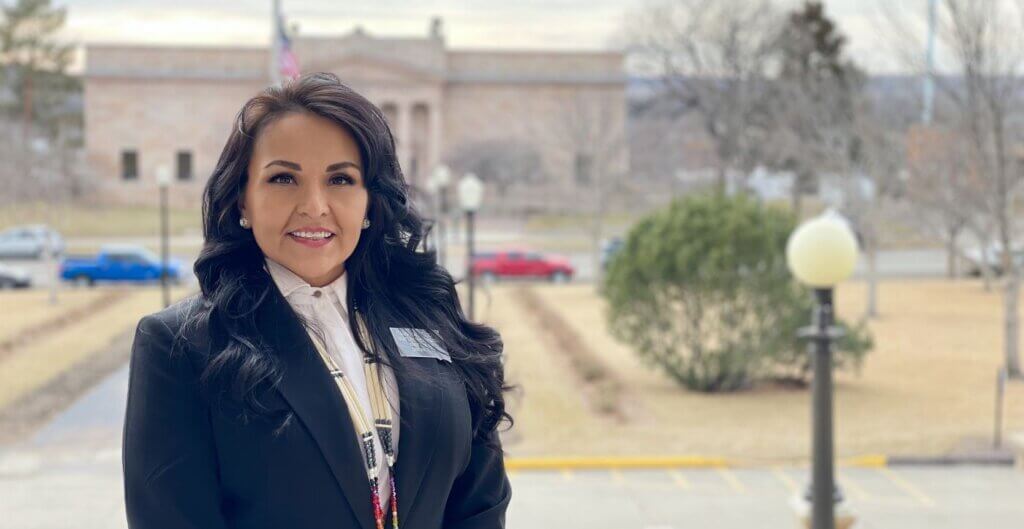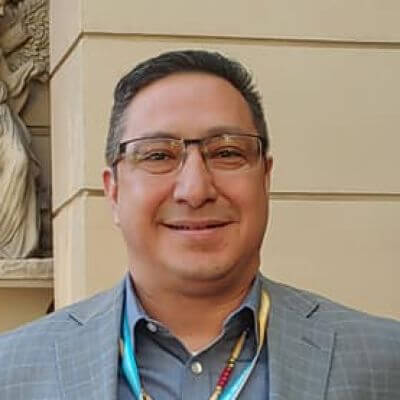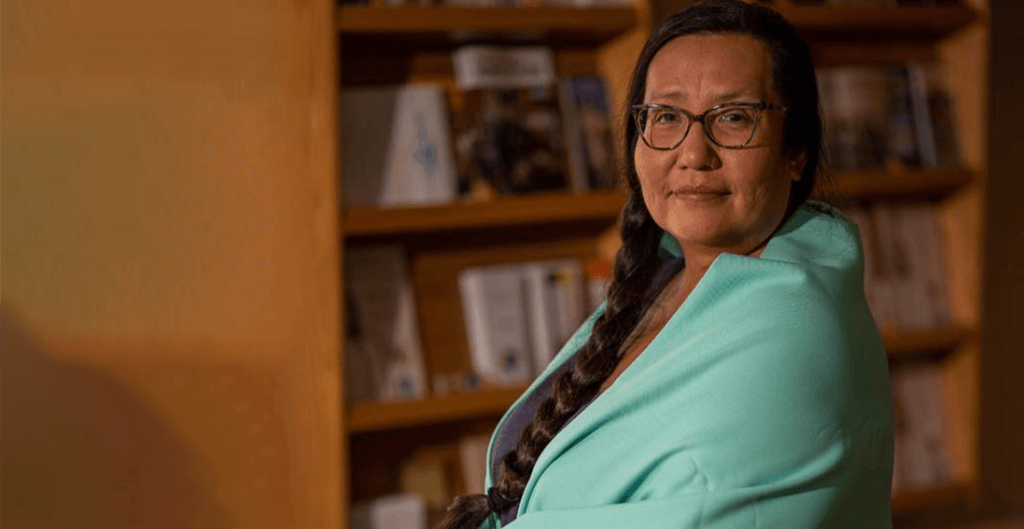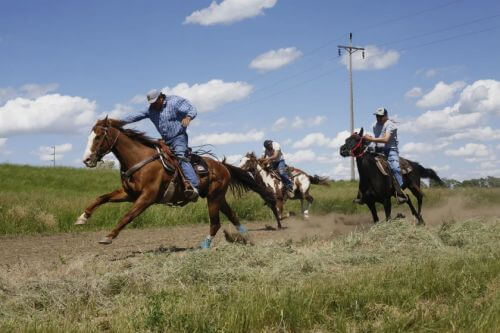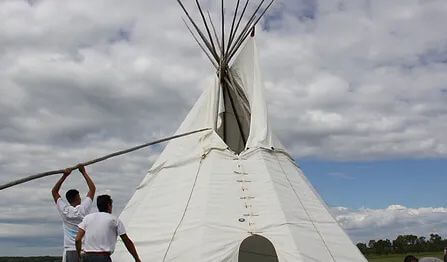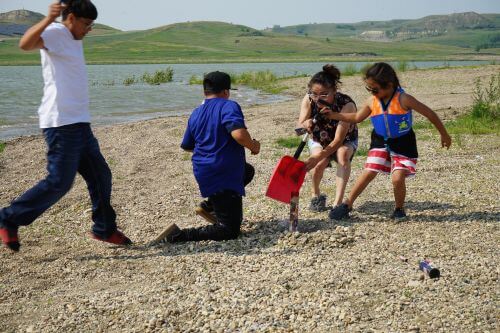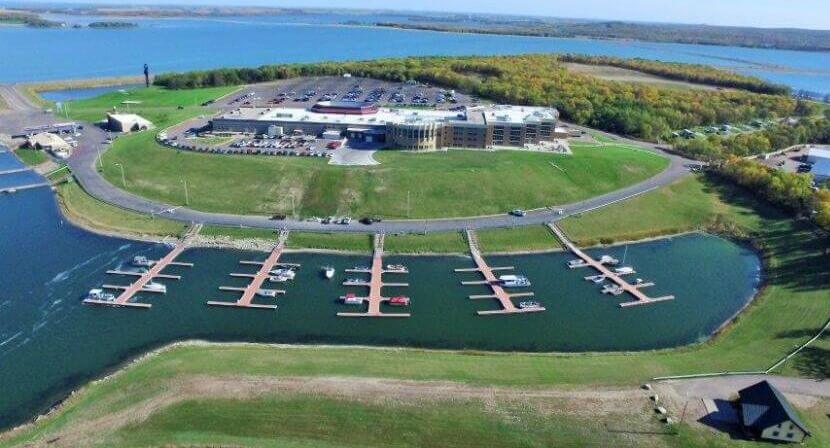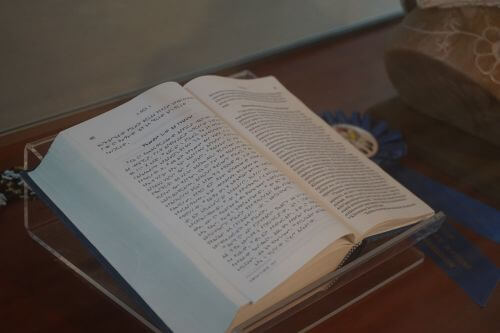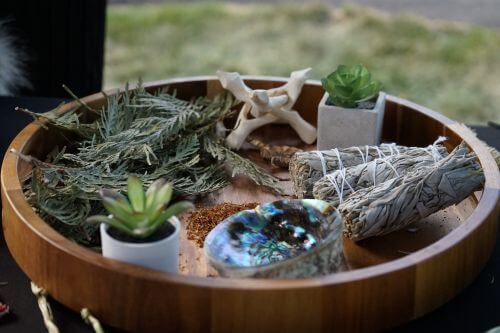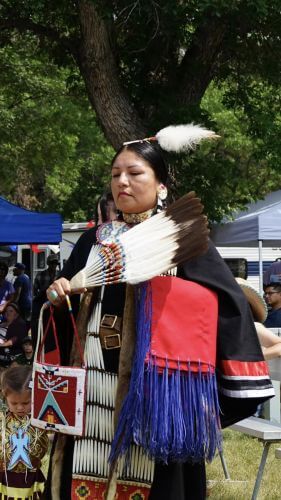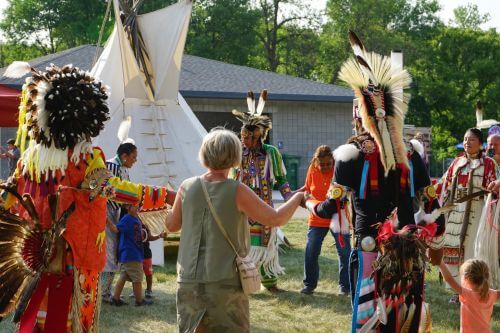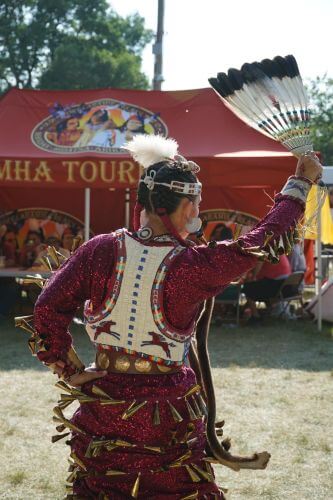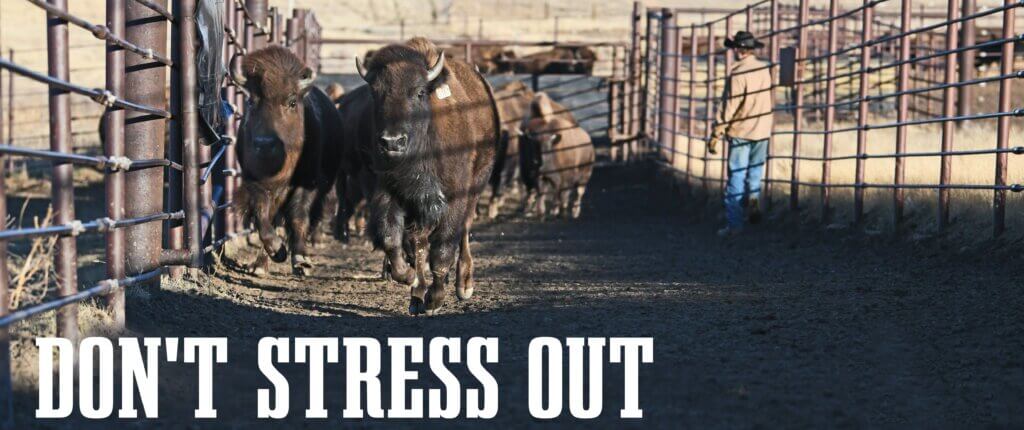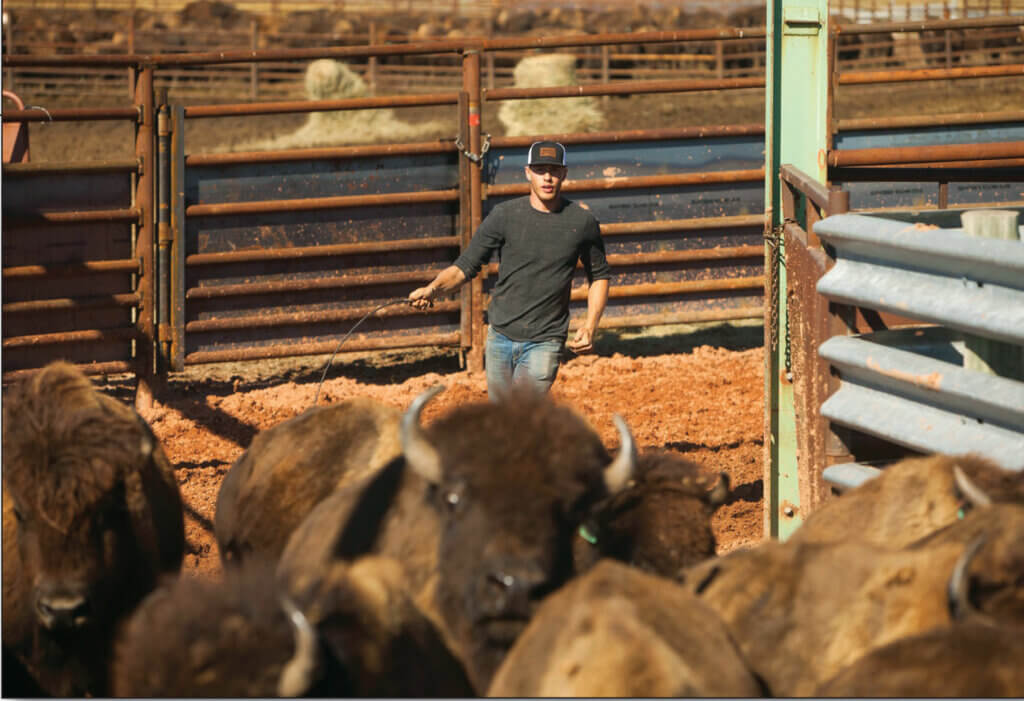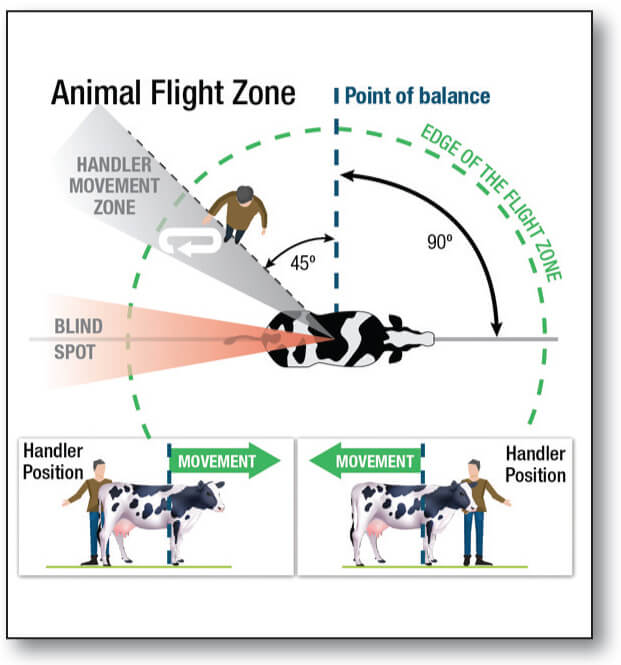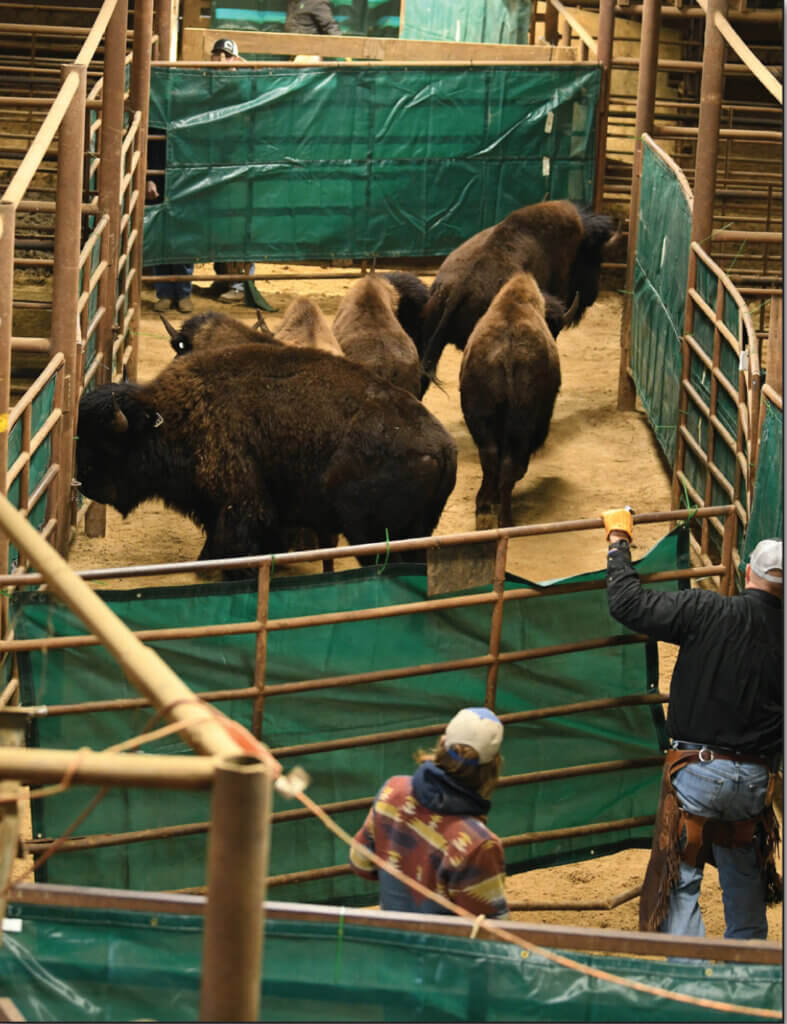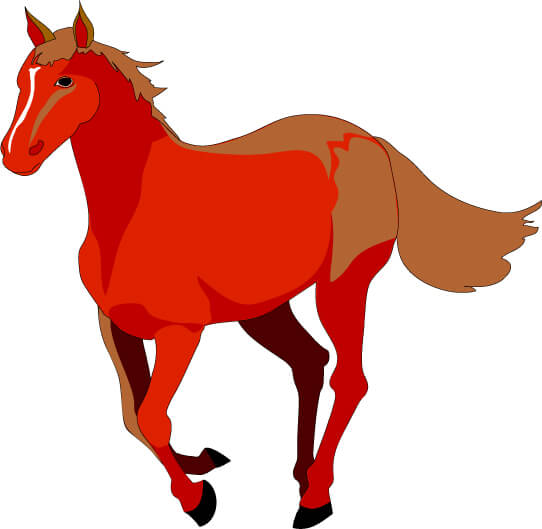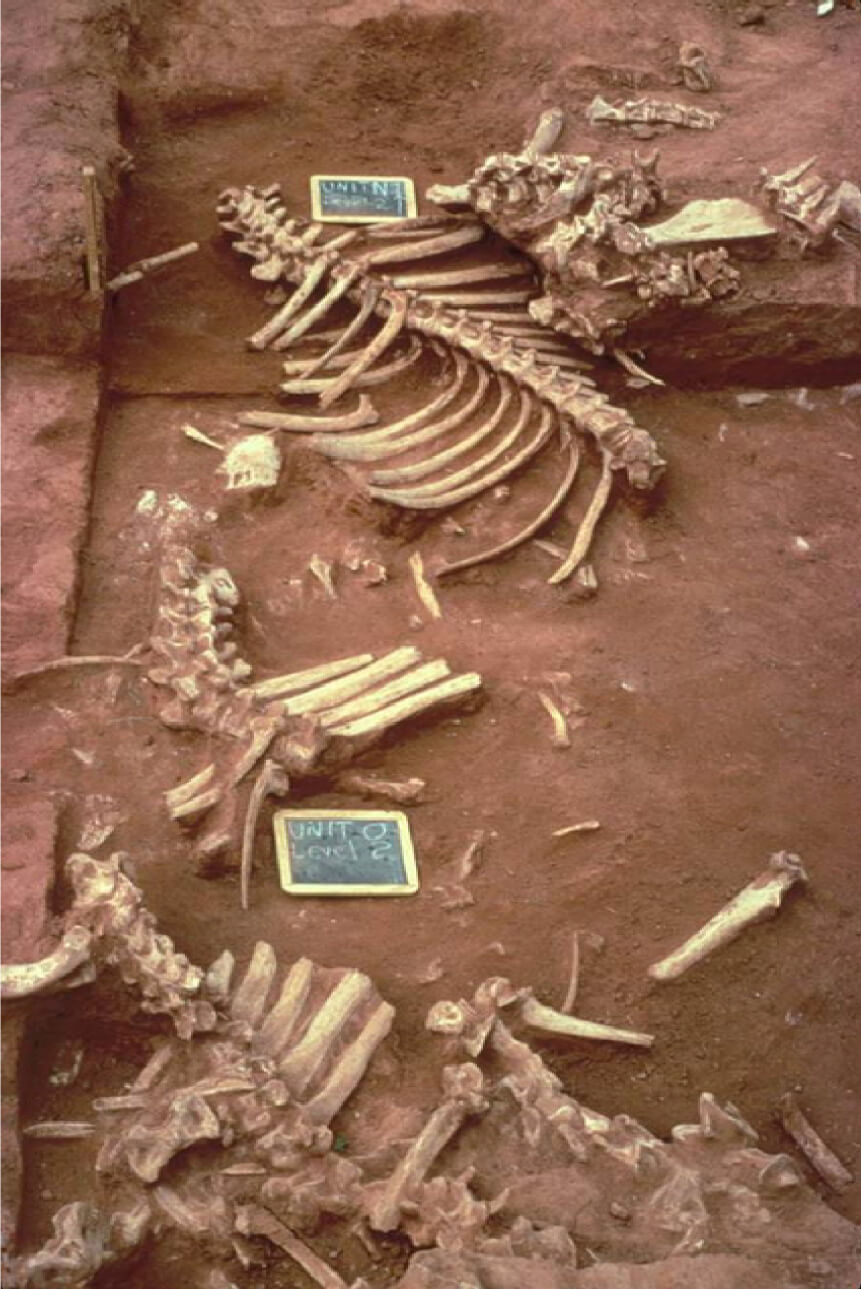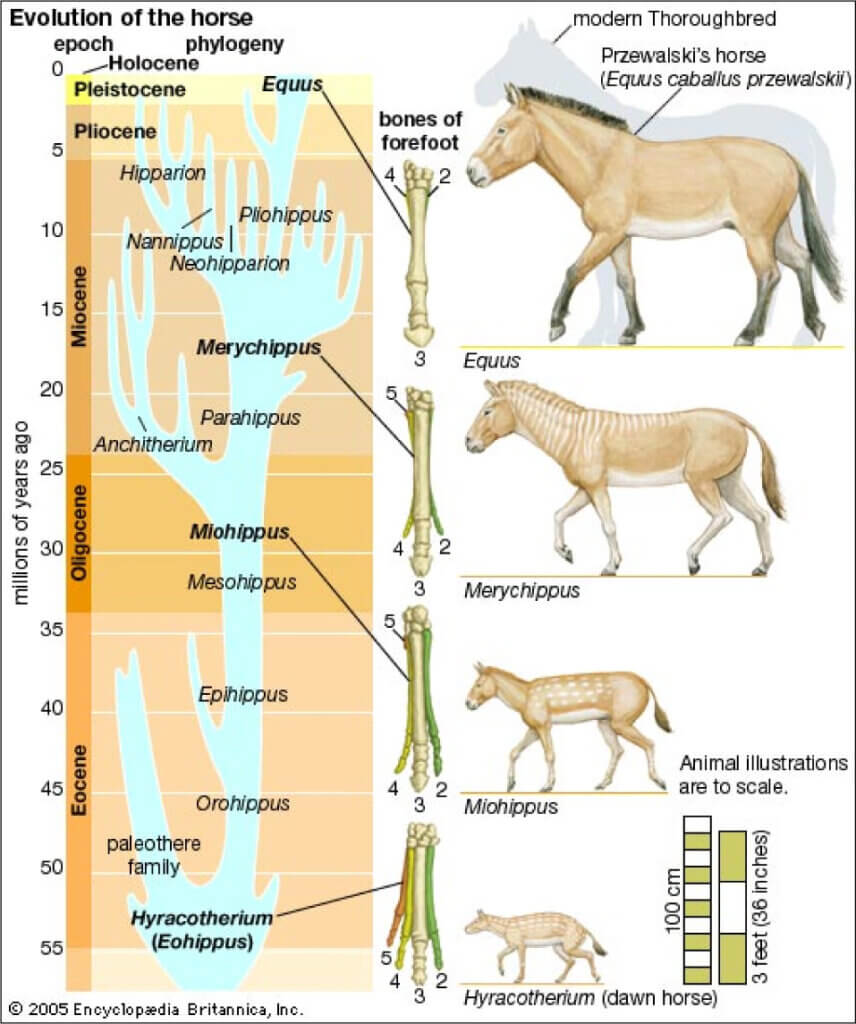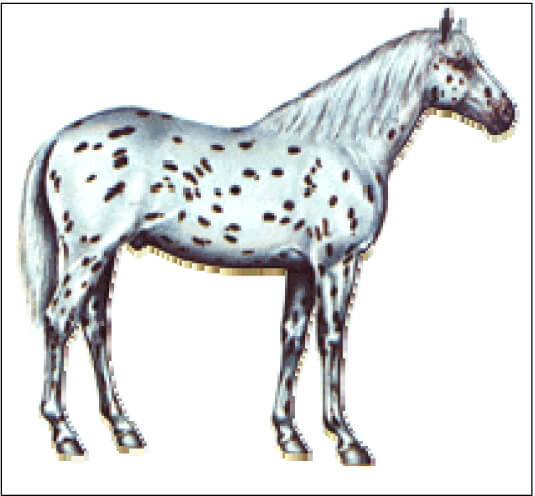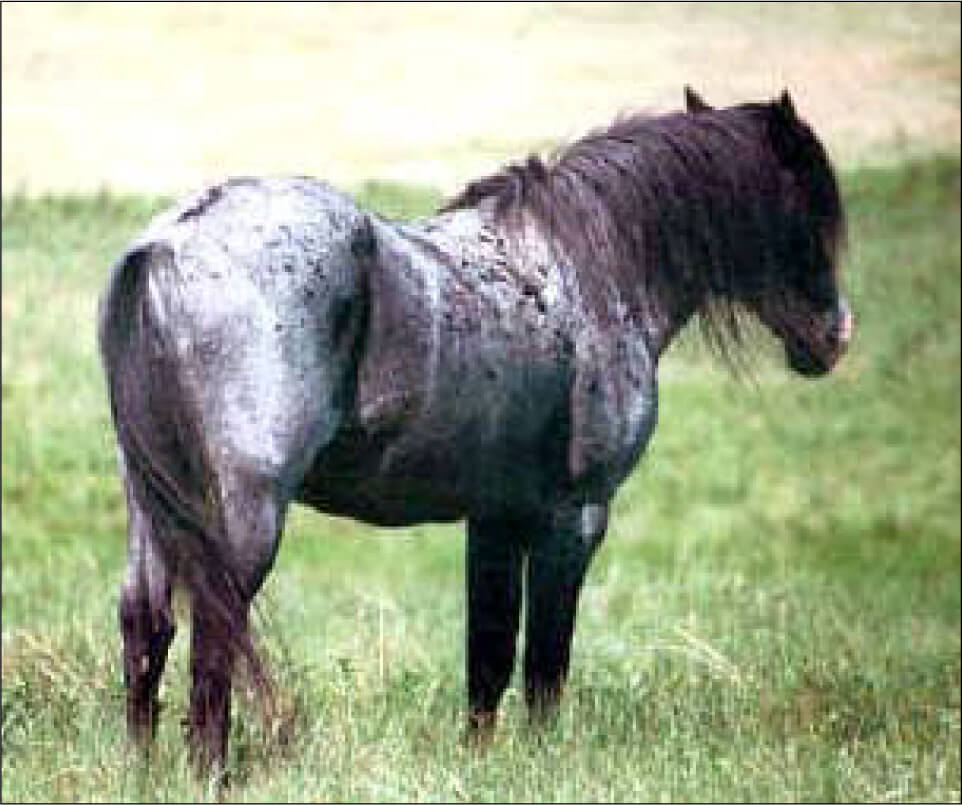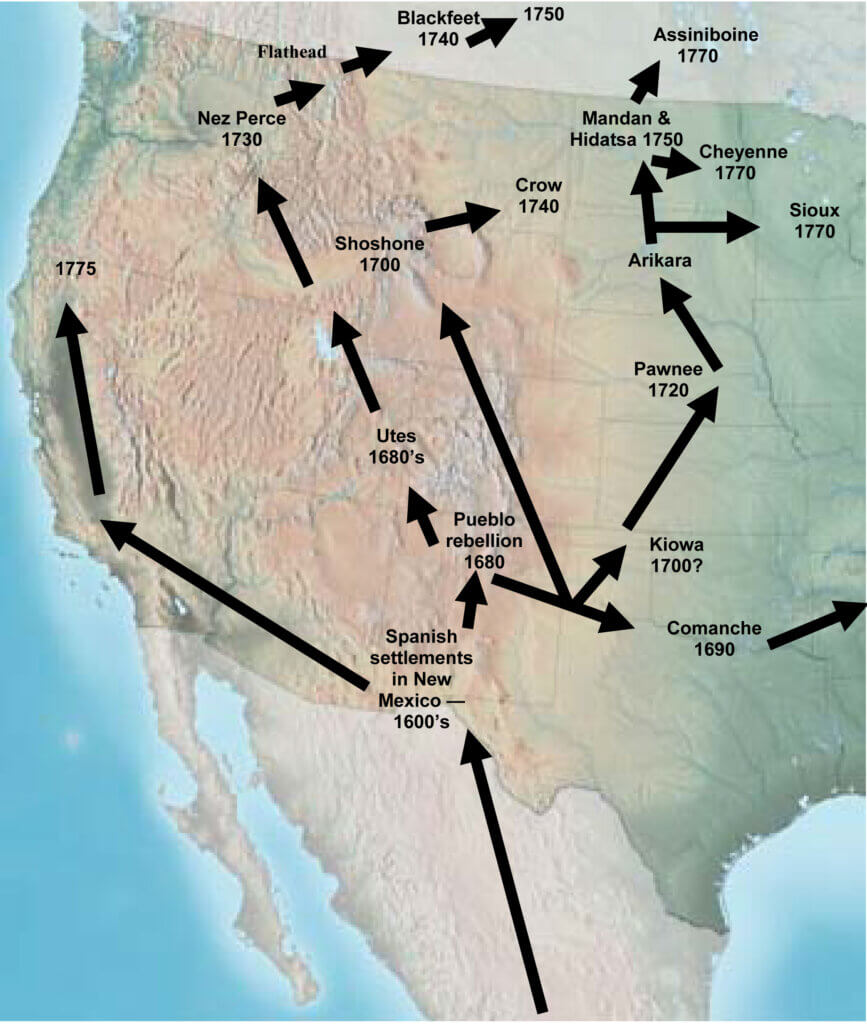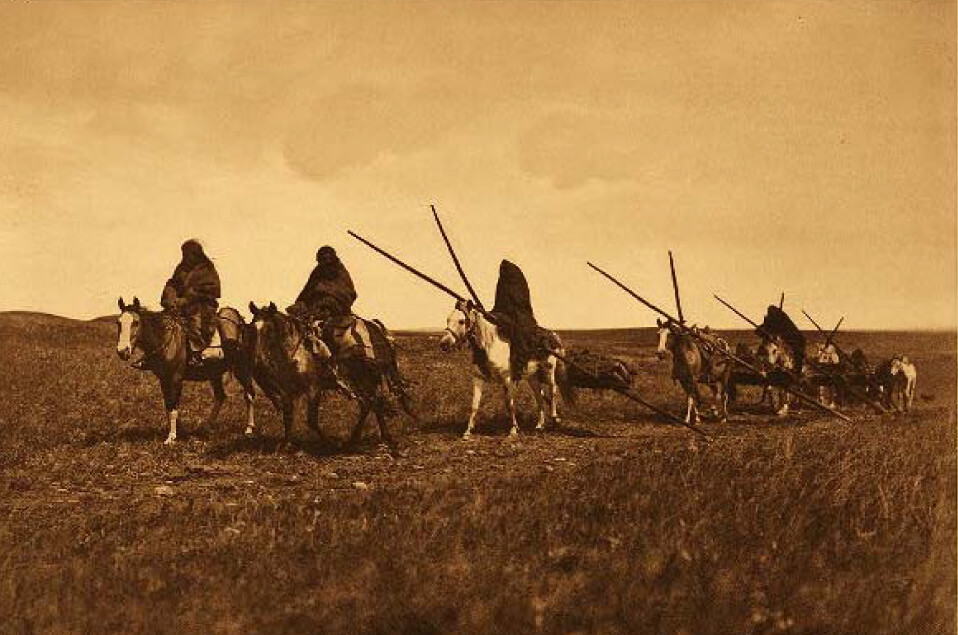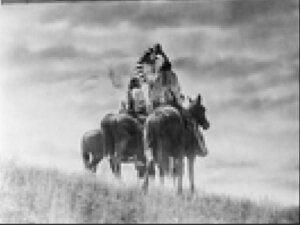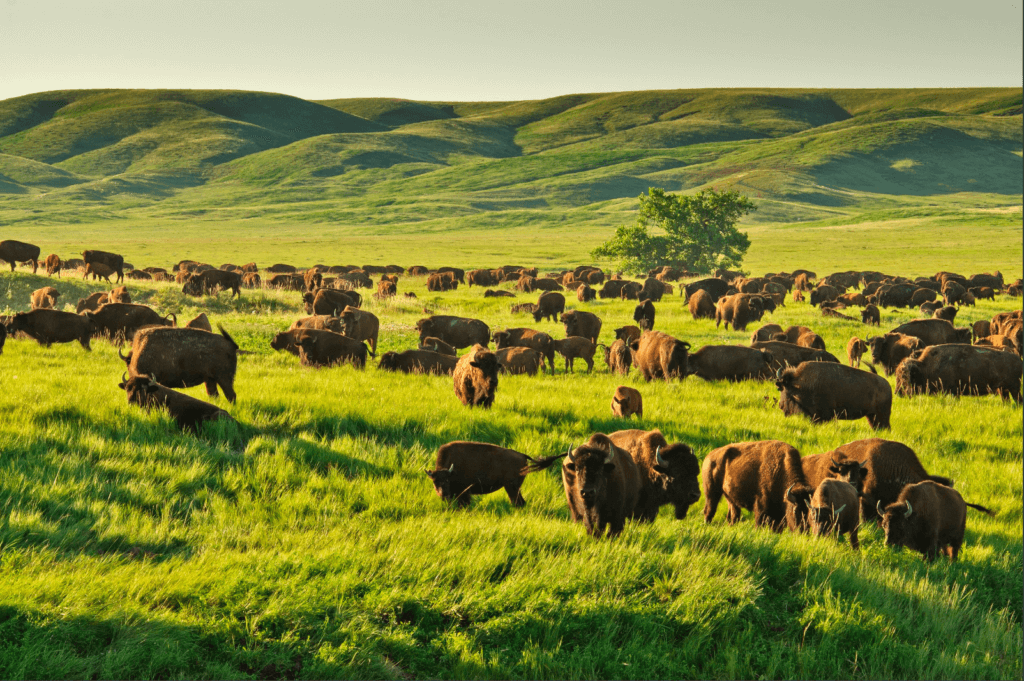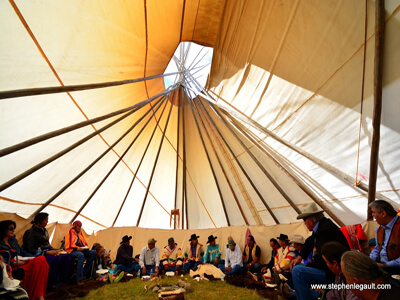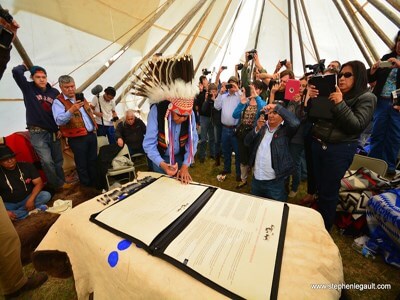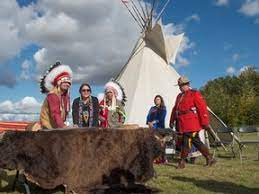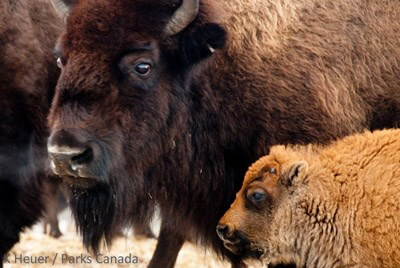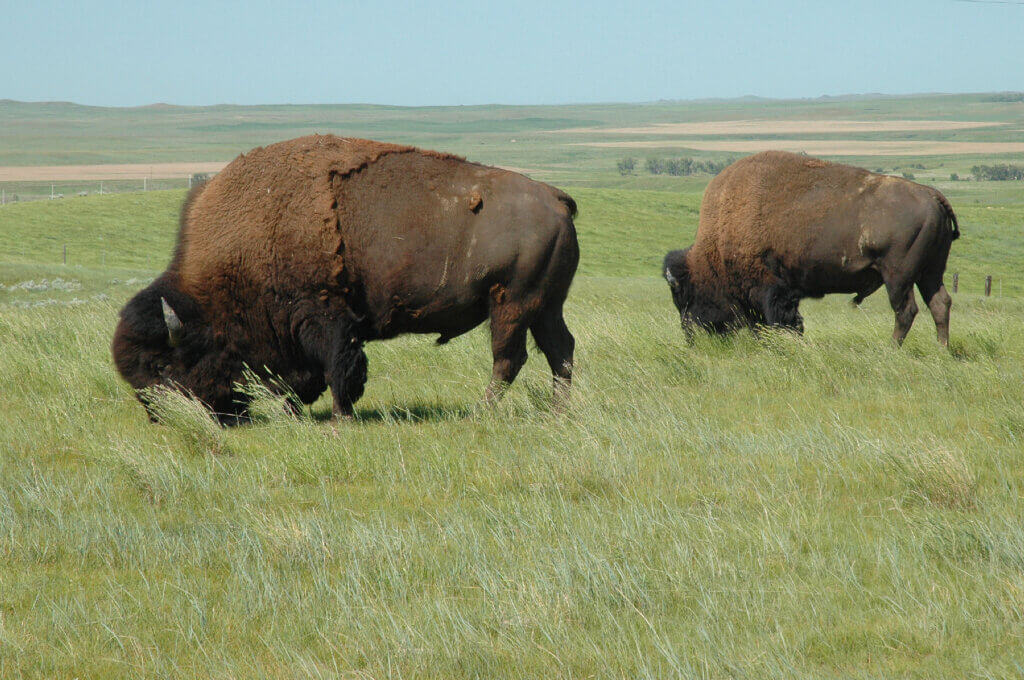
Blog 100, A Farewell and New Beginning: BuffaloGrande.com
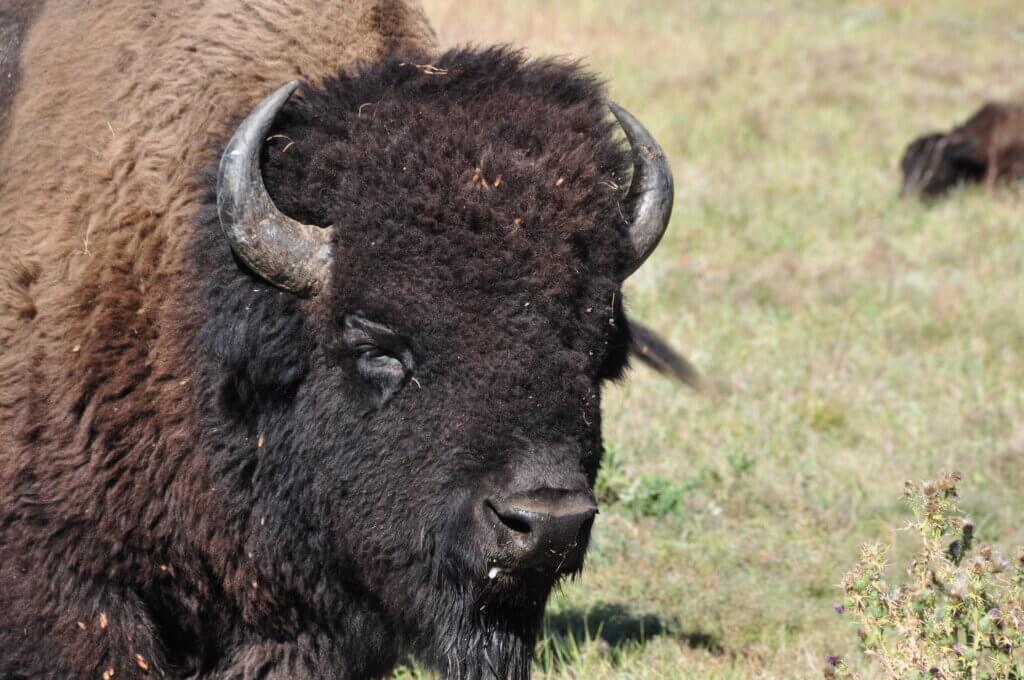
The American Bison became the official National Mammal of the United States on May 9, 2016, when President Obama signed the National Bison Legacy Act. Photo courtesy of SD Game, Fish and Parks, Chris Hull, photographer.
Farewell Fine Friends! Some of you have been with us from the beginning—the first www.BuffaloTalesandTrails.com blog which saw daylight on April 28, 2020!
My assistant Ronda and I had produced books and websites, but never before a blog. So this was more than a first issue—it was a new venture for us!

Ronda Fink, Assistant.
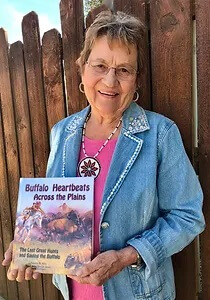
Francie M Berg, Author.
But not a new topic. Buffalo are old as the hills in the northern plains where we live. We know them. Yet they are still surprising us with their wild nature and amazing capers.
Our mission was first of all—to help young people get to know and love the magnificent buffalo, or bison—America’s new National Mammal! This meant teachers need to be involved.
So this blog was first of all for teachers and their students! And especially Native American students who have a special awe and pride in their tribal buffalo.
And of course, we invited everyone who has a soft spot in their heart for buffalo. We challenged: “Come along on this incredible journey. We won’t let you down!
“You can be an expert of sorts on this very specific subject. It’s a fun topic.”
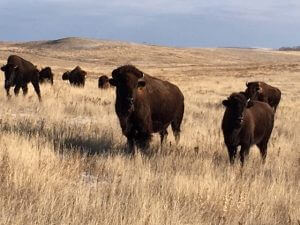
Buffalo are not cattle! More like wild animals, like deer caught in the headlights. Photo by Denise Anderson, Bismarck.
That’s been awhile. About 4 years ago! To date we’ve published 100 Blogs—each one close to 5,000 words or more, or sometimes a bit less—with loads of amazing photos and illustrations.
At first we published every week! But that’s a lot of words and topics to research and write and polish every Tuesday. While at the same time working ahead on upcoming topics.
By “we” I mean my assistant Ronda Fink, self-taught computer expert, and me, writer, along with our blog expert Nolan Overton standing ever ready to publish those words in proper Blog-eze style, on the side with his regular Consolidated Communications job in Dickinson, ND.
I said we’ll stop at 100 and Ronda and Nolan agreed. I kind of thought we’d have exhausted all the topics. But no way!
Turns out there’s always more. Buffalo and those who adore and care for them never let us down!
Meeting Around my Kitchen Table
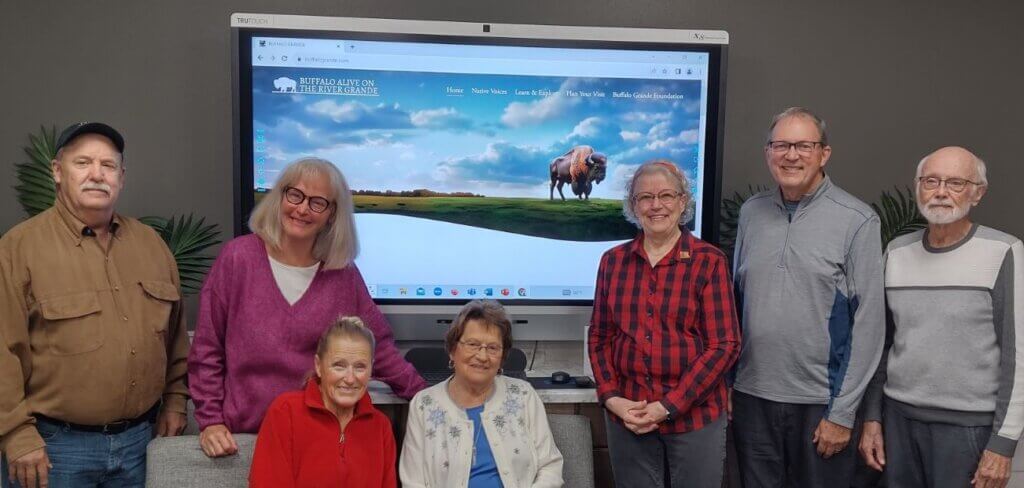
Buffalo Grande Foundation Founding Members: Rodney Howe, LaNae Kristy, Conni Messner, Francie Berg, Val Braun, John Joyce, Allen McIntyre.
What I didn’t know at the time was that another opportunity would present itself! But there it was—filled with new young blood and enthusiasm as well as older wisdom.
Two big travel buses with about 80 participants of the BSC Bison Symposium of June 2022 had spent a day in travel to some of our historic buffalo sites. They kept asking: “When are you going to do this again?”
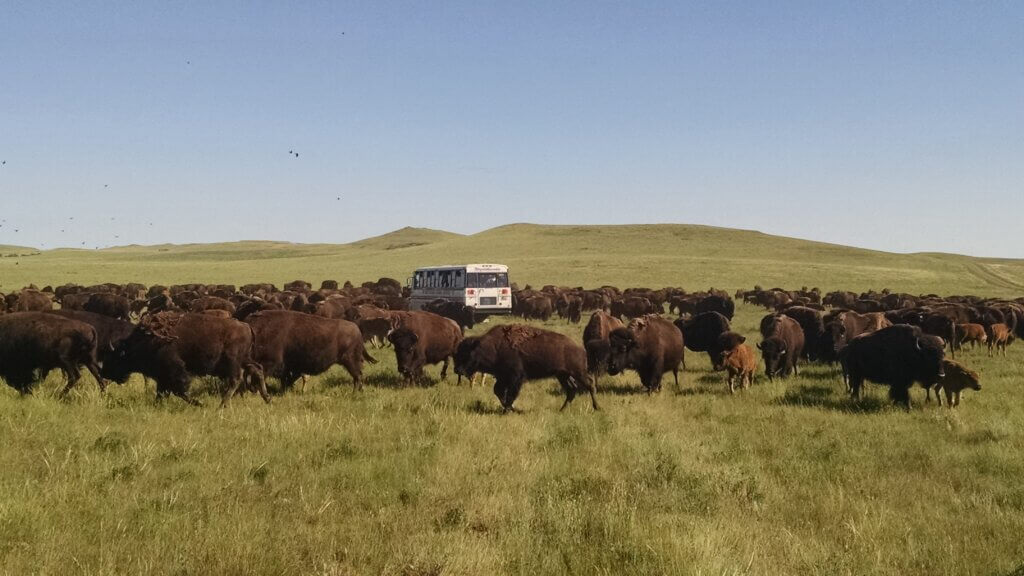
We were exhausted, but didn’t want to lose the momentum we’d created.
We started meeting around my kitchen table—a group of friends and community leaders who realized we had something special, and didn’t want to let it disappear again.
We had lots of ideas. We just didn’t know where to start! With a Buffalo Center? Or a live buffalo herd?
After all, our volunteer tourism group, of which I’d been a member since it began had been giving tours—both self-guided and community bus tours—since the 1990s. We had identified 10 one-of-a-kind historic buffalo sites, given buffalo presentations to area schools and taken both adults and school kids to tour the sites. All Free, of course.
We wondered if we built an expensive Buffalo Center—could we get enough traffic to make it worthwhile? Or developed a fairly gentle local buffalo herd—would people be impressed?
Then our young mayor Jim Lindquist stepped up. “What we need is a great Website,” he said. “That’s where people get their information today!”
Those of us a generation or two older did not get it at first.
However, Val Braun and I sat down together for an afternoon, again at my kitchen table. Like me, she’s a former County Extension Agent and Consumer Science teacher—meaning we have learned to work with a wide variety of community people.
Could a great website be later backed up with more of the real thing? A buffalo center when tourists world-wide were ready and wanting it? Of course!
But Jim was right. First things first.
We listed all the things we’d want to see in a buffalo center on our website. And surprisingly, we discovered ALL of them could first be revealed on a well-designed professional Buffalo-themed website.
So we designed a great website with the expertise of our local Technology, Video Production and Graphic Design teacher Joel Janikowski at Hettinger Public School!
Our BuffaloGrande Website
It’s mostly ready to go right now! You can click on www.BuffaloGrande.com and take a look.
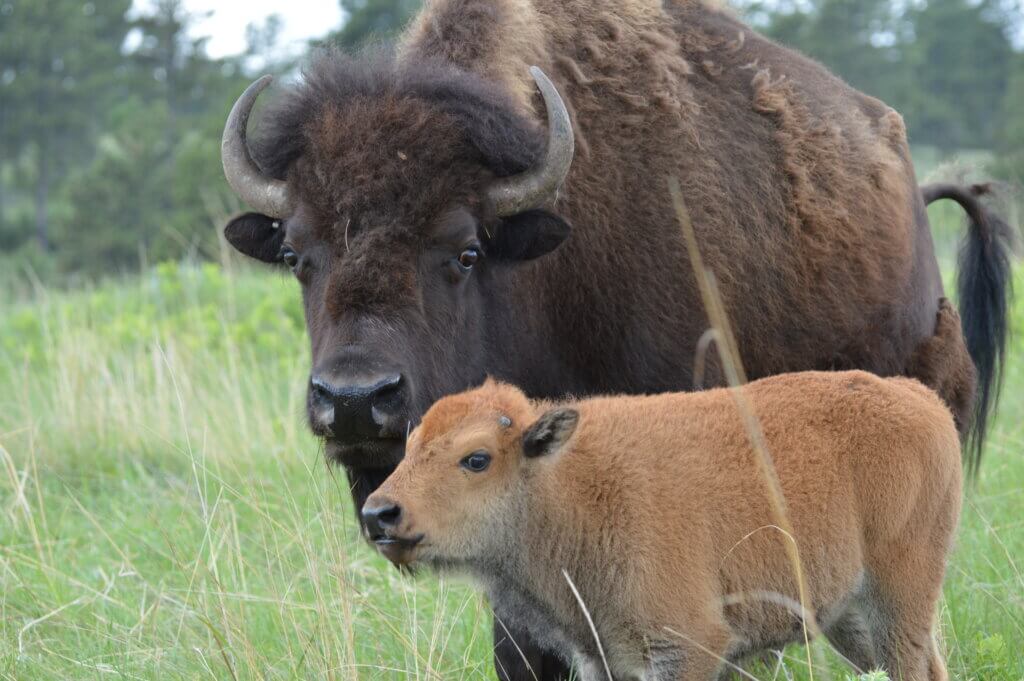
People tell me the more you get to know buffalo, the more you will love them. SD Game, Fish, Parks, photo by Chris Hull.
Whether you have put your roots down recently—such as enrolling your kids in school here—or your ancestors have lived here for over 10,000 years—we welcome you to our Buffalo Website. We think you’ll enjoy sharing our Buffalo legacy!
The website will officially go live in January-February 2024. But you can visit it now. It’s mostly ready to go!
Page 1: Home includes Welcome! Also 1 minute promo video Let’s Celebrate all things Buffalo! BuffaloGrande.com by Joel Janekowski. Bison Bellows, the National Park Service
For a detailed explanation of how this all came about, Click on Discovering our Buffalo Legacy. It’s under Learn & Explore/ Regional History/ Discovering our Buffalo Legacy. So also are materials for teachers and students: Learn & Explore/ Educators/ ND 4th Grade Curriculim/ ND 8th Grade Cuirriculum and Fun for Kids. Also Cultural Issues/ Thanksgiving, and a Photo Gallery.
Dr. John Joyce’s stories, too, about ancient times are under Learn & Explore. Also there is the Thanksgiving story of Chuck Larson.
For genuine Native Voices, Click on Featured Tribe, Storytelling and Tribal colleges.
10 historic Buffalo Sites. Don’t forget; Plan your visit/ Self Guided Tour of our 10 historic Buffalo Sites. Also the Buffalo Trails Map, and a 12 minute video narrated by Dwight Knudtson.
Also you’ll find brief videos tucked in here and there, as we go along.
People tell me that the more you get to know buffalo, the more you love them. And I’ve found it’s true.
Yes, along the way, it seems, I’ve been smitten by these magnificent animals. So glad to have you along for the ride!
And if you haven’t yet—well we think you might develop a passion for these majestic animals, too.
We want to get to know our readers. You and your family and your friends.
You can help us find the best buffalo stories. True stories and your own experiences. And maybe a few mishaps?
Native Americans will tell their own stories—as they did riding the buses during the Bismarck State College Bison Symposium tour. Our visitors loved the experience.
We’ll also explore the science. Together we’ll venture along new trails. Dare to take least-travelled roads. Ask the perplexing questions.
With your help, we’ll cover a wide spectrum of buffalo lore and learning, and entertain you along the way.
And, yes, please step in and warn us if we seem about to tumble down a buffalo jump—or take a disastrously wrong turn . . . It can happen, of course!
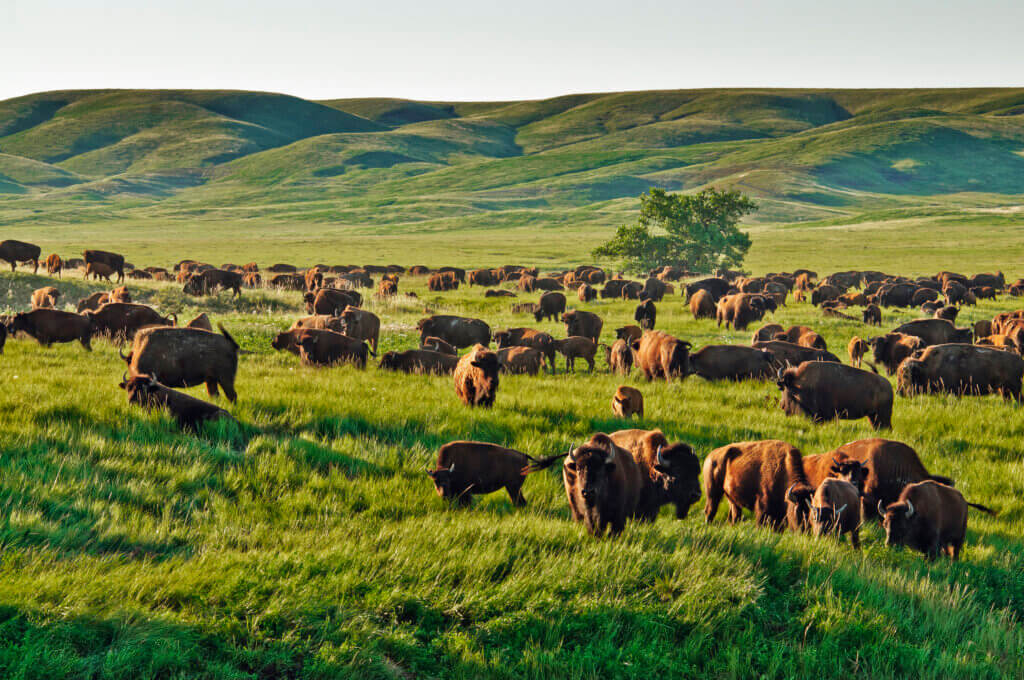
“Buffalo are like rabbits! If you’re not careful, pretty soon you’ve got too many!” Wyoming rancher Toots Marquis, from Gillette, Wyoming warned her friends after watching their herd grow from 1 bull and 2 heifers to 500 animals—outgrowing their pastures. SD Tourism.
Our Vision and Mission
Our vision is to inform, inspire and bring people world-wide to a greater appreciation of the intrinsic value of the indomitable and magnificent buffalo, its oneness with Native Peoples on the Grand River and Upper Missouri Region.
Our mission is to unveil the past by bringing forth the full Buffalo story of the last 10,000 years; celebrate the present by offering experiential and traditional learning opportunities and safeguard the future of America’s National Mammal by continuing to establish and deepen our Tribal and nontribal collaborations and partnerships.
Our goals are to sponsor scholarships with Native American Colleges and cultural exchanges between Native American youth and our young people.
Education is our vision and mission–Educating Teachers, Students and Interested People World-wide about the only place in the world where the entire buffalo story comes together!
From the last great traditional buffalo hunts to the near extinction of the species, to the last-minute rescue of buffalo calves in the west and now buffalo flourishing on ranches, National Parks and Tribal lands.
Our goals include providing opportunities for all ages for immersive experiential activities, along with traditional learning opportunities provided on our website, an annual Upper Missouri Studies Symposium and periodic exchange programs centered on the Buffalo.
We will build partnerships with both Tribal Nations and nontribal entities such as colleges, tourism councils, cultural centers, local schools and community organizations while supporting research to improve Bison health and economic viability of both private and tribal bison producers.
We intend to promote the real story of the last 10,000 years of buffalo history in the area where the entire buffalo story comes together–from the last great Native hunts to the rescue and restoration of this nation’s National Mammal.
Calling for Donations
With all this information available FREE World-Wide at BuffaloGrande.com, we need your help in covering the daily expenses of superior website design and maintenance, as well as developing fresh articles of historic value.
Therefore, we created a 501(c)3 organization named Buffalo Grande Foundation which makes your donations of any size tax deductible. It becomes a win–win situation when you receive a tax deduction that enables us to continue research and publishing of the amazing Buffalo history of La Riviére Grandé (Grand River) and Upper Missouri Region.
Donation opportunities begin with an annual $25.00 Curious Buffalo Membership; this brings you voting privileges at our annual meeting, a member card and bumper sticker.
The $50.00 Interested Buffalo donation offers you annual membership, voting privileges at annual meeting, a member card and window cling.
The $75.00 Knowledgeable Buffalo donation brings you annual membership, voting privileges at the annual meeting, a member card, window cling and Buffalo T-shirt.
As a $100.00 Expert Buffalo Donor you receive the annual membership, voting privileges at the annual meeting, a member card, window cling, T-shirt, and free admission to Buffalo Educational Events.
Finally, a Donation over $100.00 names you as a Scholarly Buffalo donor and brings you all the above membership benefits.
Donations may be sent to LaNae Kristy, Sec/Treas, Buffalo Grande Foundation, 800 N Main St, Hettinger, ND 58639.
The Buffalo Grande Foundation is dedicated to unveiling the past, celebrating the present and safeguarding the future of the real buffalo story.
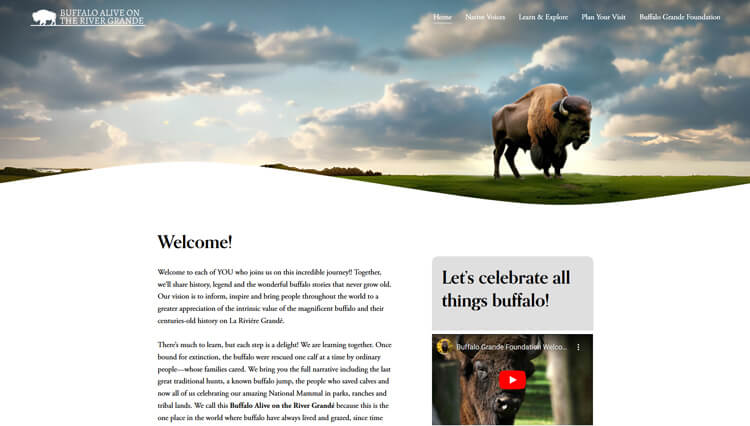

Francie M Berg
Author of the Buffalo Tales &Trails blog
